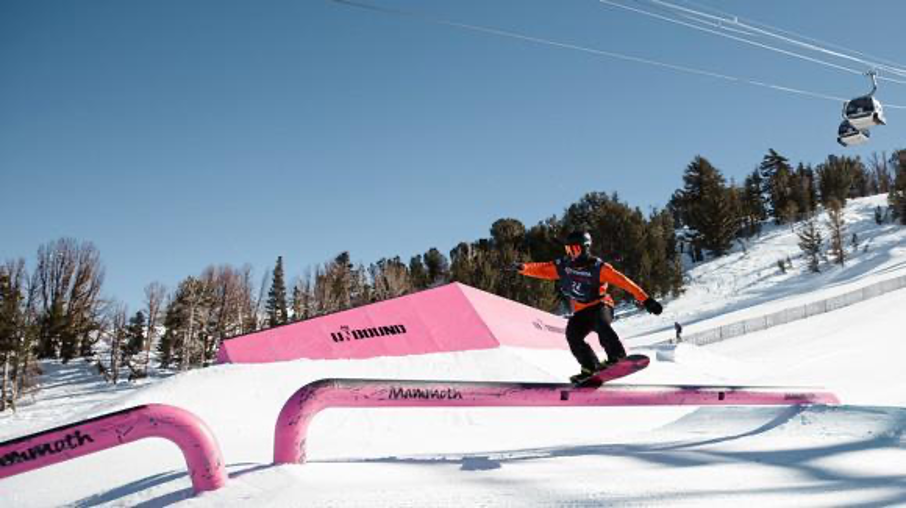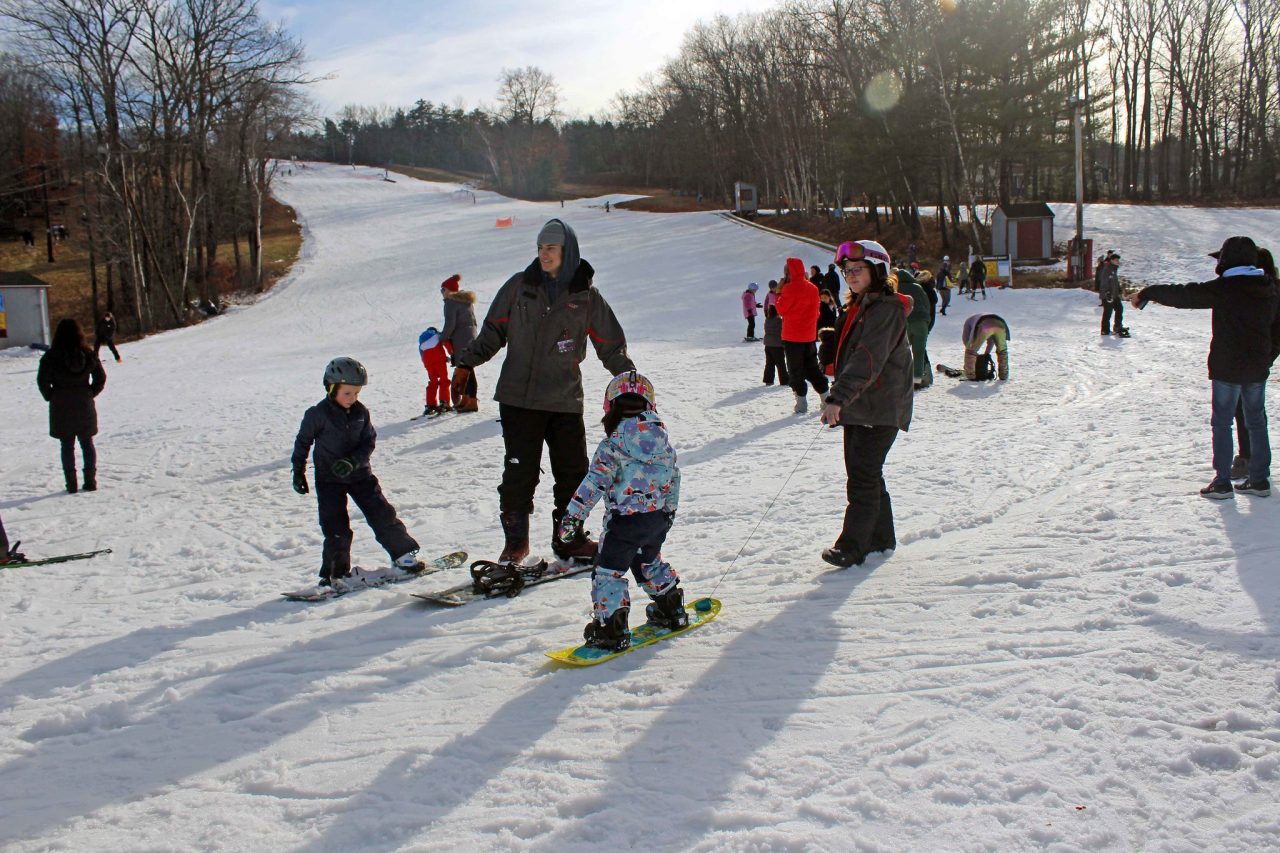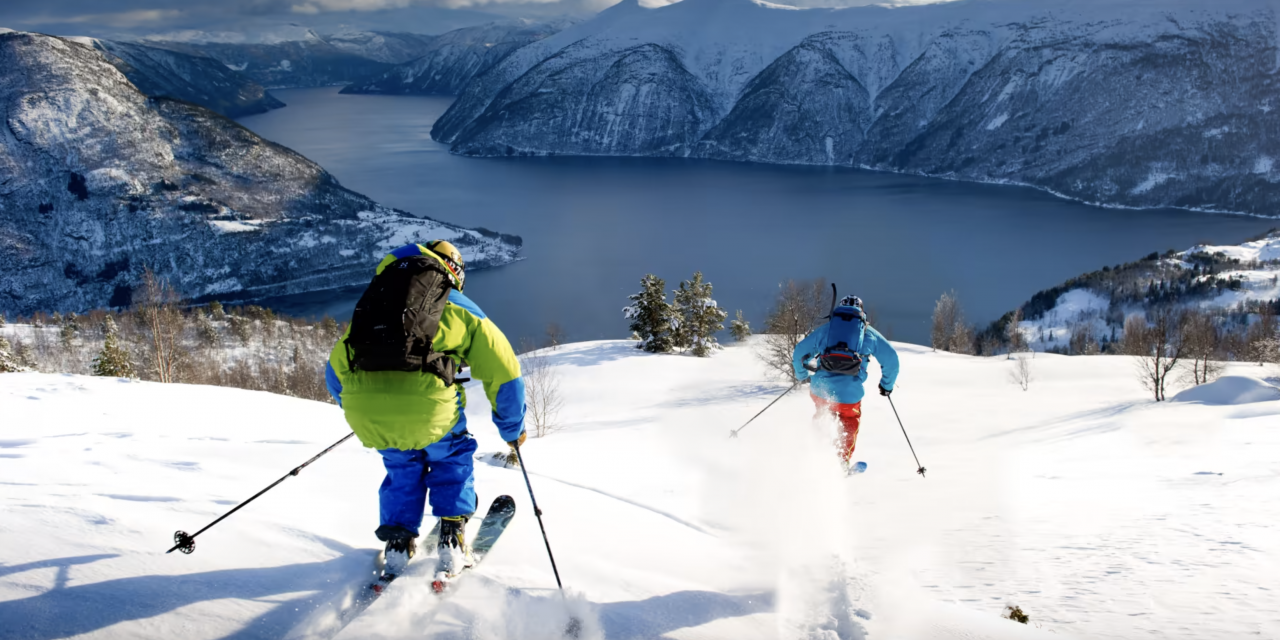
While some individuals may see winter as a period for rest, it is important to note that this time of year is the most demanding and active for several sportspeople and sports enthusiasts.
The popularity of winter sports may vary according to several variables, including the host nation, media coverage, and the regional appeal of certain sports.
Skiing and snowboarding are very popular winter sports in the United States. The average number of skiers in the United States is around 14.94 million, whereas the number of snowboarders is around 7.56 million. In the United States, 470 ski resorts were operating for the 2019/20 ski season, and 51.1 million tourists were expected during the 2017/18 season. New York State has the most operational ski resorts in the United States, with a total 51 as of the 2019/20 season.
Ice hockey is a very popular winter sport in North America, especially in Canada and several northern regions of the United regions. The wholesale sales of ice hockey equipment in 2020 amounted to over 230 million U.S. dollars. In 2018, the United States had over 2.45 million individuals participating in ice hockey. By the 2020/21 season, roughly 454 thousand participants were legally registered as ice hockey players. The National Hockey League (NHL), which includes clubs from the United States and Canada, is the largest professional hockey league globally. In the 2019/20 season, the league generated around 4.37 billion U.S. dollars in total revenue.
Below is an unordered compilation of the five most widely favored winter sports in the United States.

Snowboarding
Snowboarding, an unconventional activity, rose from relative obscurity to be acknowledged at the Winter Games. Skateboarding is regarded as an extreme sport because it rose to prominence in North America during the 1970s and 1980s as a result of youth rejection of organized sports. Viewership of the halfpipe competition during the 2002 Winter Olympics amounted to 92 million individuals, or 32% of the total US population.

Alpine Skiing
Since 1948, a signature event of the Olympics. Achieving velocities of up to 130 km/h while traversing a snow-drenched terrain on skis with minimal rotations constitutes this activity. Alpine skiers participate in a time-trial discipline as opposed to engaging in direct competition. Skiing is widely recognized as a hazardous activity that frequently results in physical harm, rendering it an exhilarating spectacle to behold.
Ice Hockey
Since its initial incorporation in the Olympic Games in 1920, this particular sport has garnered significant public support. Subsequently, in 1924, it was officially granted perpetual inclusion in the Winter Olympics. In 1988, the inaugural women’s tournament was held.
Ice hockey is often regarded as the preeminent sport for winter betting with top sites such as Fanatics Sportsbook. Numerous prominent leagues and tournaments exist, such as the North American National Hockey League (NHL), which serves as a platform for teams to compete for the prestigious Stanley Cup. Naturally, its popularity transitions to winter sports and major events like the Olympics.
Figure Skating
A study published in December 2021 revealed that figure skating surpassed all other winter sports in terms of Olympic viewership. It was, after snowmobiling, the most-watched winter sport in the United States. It was originally scheduled for the Summer Olympic Games in 1908 but underwent a relocation to the Winter Games in 1924.
Figure Skating was among the pioneering sports to include a division for women, and up until 1936, it remained the only Winter Olympic event to have female participants. Figure skating was liked by 40% of poll participants, making it the most popular sport at the Olympics.
40% of Americans interested in the Winter Olympic Games are avid followers of figure skating, making it the most widely embraced Olympic sport in the United States. Nevertheless, there exists a significant disparity between men and women, as just 29% of males stay informed about the developments in figure skating, in contrast to 53% of women.



